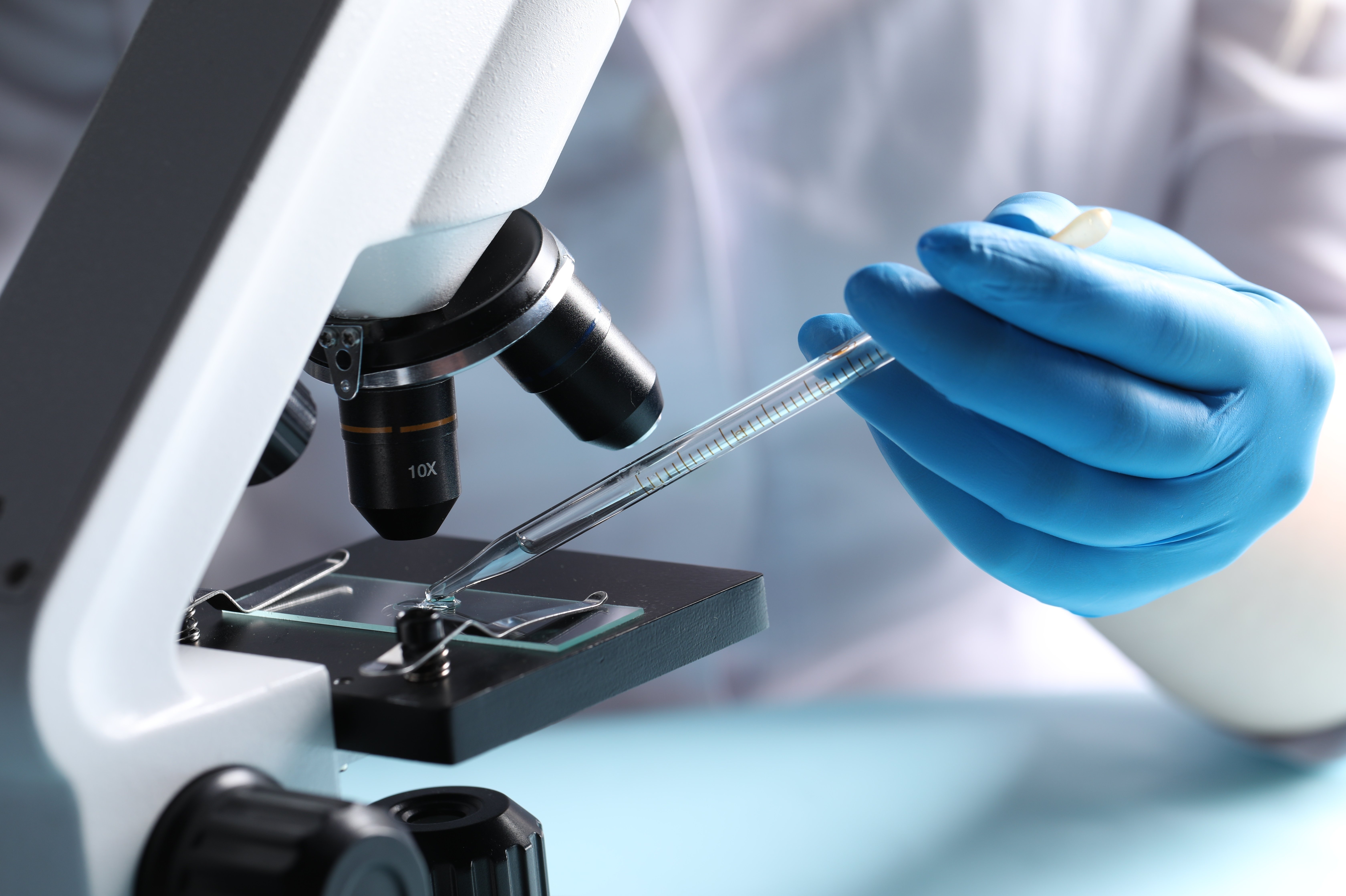
(Vienna, 25.11.2024) Secondary lymphoid organs are specialised structures in the body in which immune cells multiply and develop to respond to new pathogens such as viruses and bacteria. An international team led by Kaan Boztug (St. Anna Children's Cancer Research, MedUni Vienna, CeMM) has now been able to identify a completely new form of a rare disease that provides a better understanding of the importance of these structures for the human immune system. In several children, the genetic defect discovered by the researchers for the first time means that the secondary lymphatic organs either do not develop at all or their function is severely restricted. As a result, the affected children suffer from recurrent, life-threatening infections. This discovery has the potential to significantly improve treatment options for patients with similar diseases.
In recent years, Kaan Boztug's research group has identified several rare genetic diseases of the immune system and characterised the function of important components of the immune system. The work of Kaan Boztug's team has also provided significant new insights into the link between immunodeficiencies and the tendency to develop tumours in childhood. The expert in rare diseases is Scientific Director of St. Anna Children's Cancer Research, conducts research at MedUni Vienna and at the CeMM Research Centre for Molecular Medicine of the Austrian Academy of Sciences.
A completely new type of disease
The current study, which was carried out in cooperation with leading centres in Istanbul and Ankara, describes a new type of rare disease that is unusual in several respects. ‘In the DNA of those affected, we were able to identify changes in the LTBR gene, which contains the blueprint for the lymphotoxin beta receptor (LTββR),’ explains Bernhard Ransmayr, first author of the study and PhD student in Kaan Boztug's laboratory. The affected patients are missing all lymph nodes, including the tonsils, and their spleen is non-functional. However, these so-called secondary lymphatic organs are essential for the activation of the immune system and the differentiation, i.e. further development and proliferation of specialised immune cells. As a result, these patients are unable to produce a sufficient number of protective antibodies. Interestingly, the immune cells are not directly affected by the genetic defect, but indirectly through the lack of a supportive environment in the secondary lymphatic organs, explains Ransmayr. The team was able to prove this by creating an artificial environment in the laboratory that mimicked the structure and function of lymph nodes. In this environment, cells from the patients were also able to develop normally into antibody-forming immune cells (B cells). This finding underlines the fundamental importance of the interactions between the surrounding cells (so-called stromal cells) and the actual immune cells for the formation of an effective immune defence.
From immunogenetics to precision medicine
Boztug emphasises: ‘The discovery of the LTβR defect marks a significant advance in our understanding of the architecture of immune organs and their importance for human health. It illustrates how basic research can directly contribute to improving the lives of patients with rare diseases. Patients with LTβR mutations benefit from care in specialised immunodeficiency centres and appropriate immune support medication. An important finding of our work is that we assume that a bone marrow transplant - which can provide a cure for other immunodeficiencies - does not promise success here, as the defect does not affect the immune cells themselves, but the structure of the lymphatic organs themselves,’ adds Boztug. The aim of further research is to further decipher the molecular mechanisms of LTβR in the human immune system and to further develop possible therapy options.
Publication: Science Immunology
LTβR deficiency causes lymph node aplasia and impaired B-cell differentiation
Bernhard Ransmayr M.D., Sevgi Köstel Bal, M.D., Ph.D., Marini Thian, Ph.D., Michael Svaton, M.D., Ph.D., Cheryl van de Wetering, Ph.D., Christoph Hafemeister, Ph.D., Anna Segarra-Roca, M.Sc., Jana Block, Ph.D., Alexandra Frohne, M.Sc., Ana Krolo, Ph.D., Melek Yorgun Altunbas, M.D., Sevgi Bilgic Eltan M.D., Ayca Kıykım, M.D., Omer Aydiner, M.D., Selin Kesim, M.D., Sabahat Inanir M.D., Elif Karakoc-Aydiner, M.D., Ahmet Ozen M.D., Ümran AbaM.Sc., Aylin Çomak M.D., Gökçen Dilşa Tuğcu, M.D., Robert Pazdzior, Ph.D., Bettina Huber, Ph.D., Matthias Farlik, Ph.D., Stefan Kubicek, Ph.D., Horst von BernuthM.D., Ph.D., Ingrid Simonitsch-Klupp., Marta Rizzi, M.D., Ph.D., Florian Halbritter, Ph.D., Alexei V. Tumanov, M.D., Ph.D., Michael J Kraakman Ph.D., Ayşe Metin, M.D., Ph.D., Irinka Castanon Ph.D., Baran Erman Ph.D., Safa Baris, M.D., Kaan Boztug.D.
https://www.science.org/doi/10.1126/sciimmunol.adq8796